Senegal Flag Meaning
A vertical tricolor of green, yellow, and red with a green five-pointed star centered in the yellow band. The flag reflects Pan-African identity and national unity.
- Continent
- Africa
- Adopted
- 1960
- Ratio
- 2:3
- Colors
- green, yellow, red
- Designer
- Adopted at independence, inspired by Pan-African colors
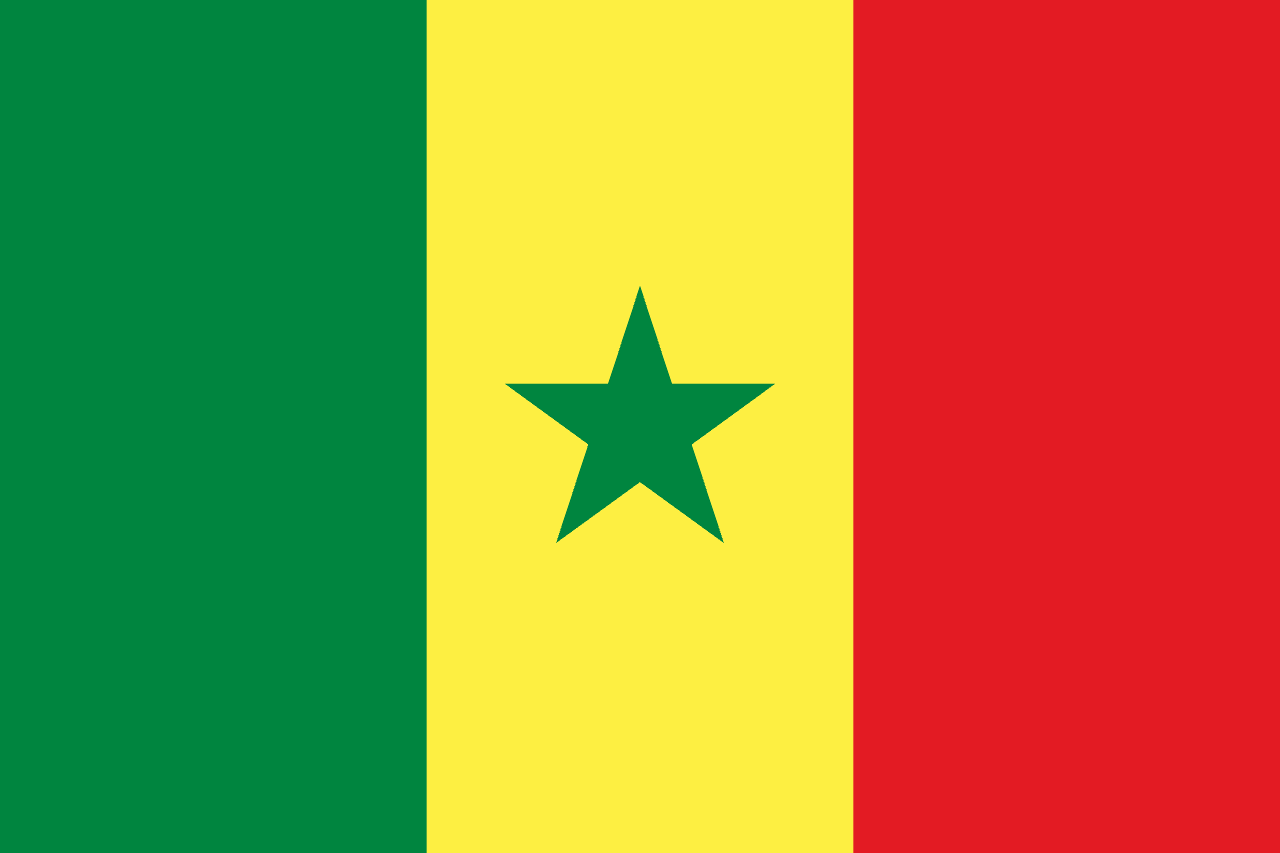
Symbolism
Green Stripe: Represents Islam, the country’s most practiced religion, as well as hope and the land’s fertility.
Yellow Stripe: Symbolizes wealth, natural resources, and the values of progress and labor.
Red Stripe: Stands for the struggle for independence and the sacrifices made for freedom.
Green Star: Represents unity and hope, as well as a guiding light for the Senegalese people.
History
- 11th–15th Centuries: Part of major West African empires such as Ghana and Mali, thriving through trade and Islamization.
- 1659: French founded Saint-Louis, beginning colonial presence.
- 1895: Senegal became part of French West Africa.
- 1959: Joined with French Sudan to form the Mali Federation, briefly independent.
- August 20, 1960: Declared independence after the breakup of the federation, adopting the current flag.
- 1960–Present: Maintains stability and democratic traditions compared to many neighbors, though faces economic and social challenges.
Trivia
- Senegal is the westernmost country of mainland Africa, with Dakar located on the Cape Verde Peninsula.
- The famous Gorée Island, off Dakar, was a major center for the Atlantic slave trade.
- Senegal is known worldwide for its music scene, including mbalax popularized by Youssou N’Dour.
- The Senegalese wrestling sport, 'Laamb,' is considered the national sport.
- About 95% of Senegal’s population practices Islam, primarily Sufi brotherhoods.
Related Countries
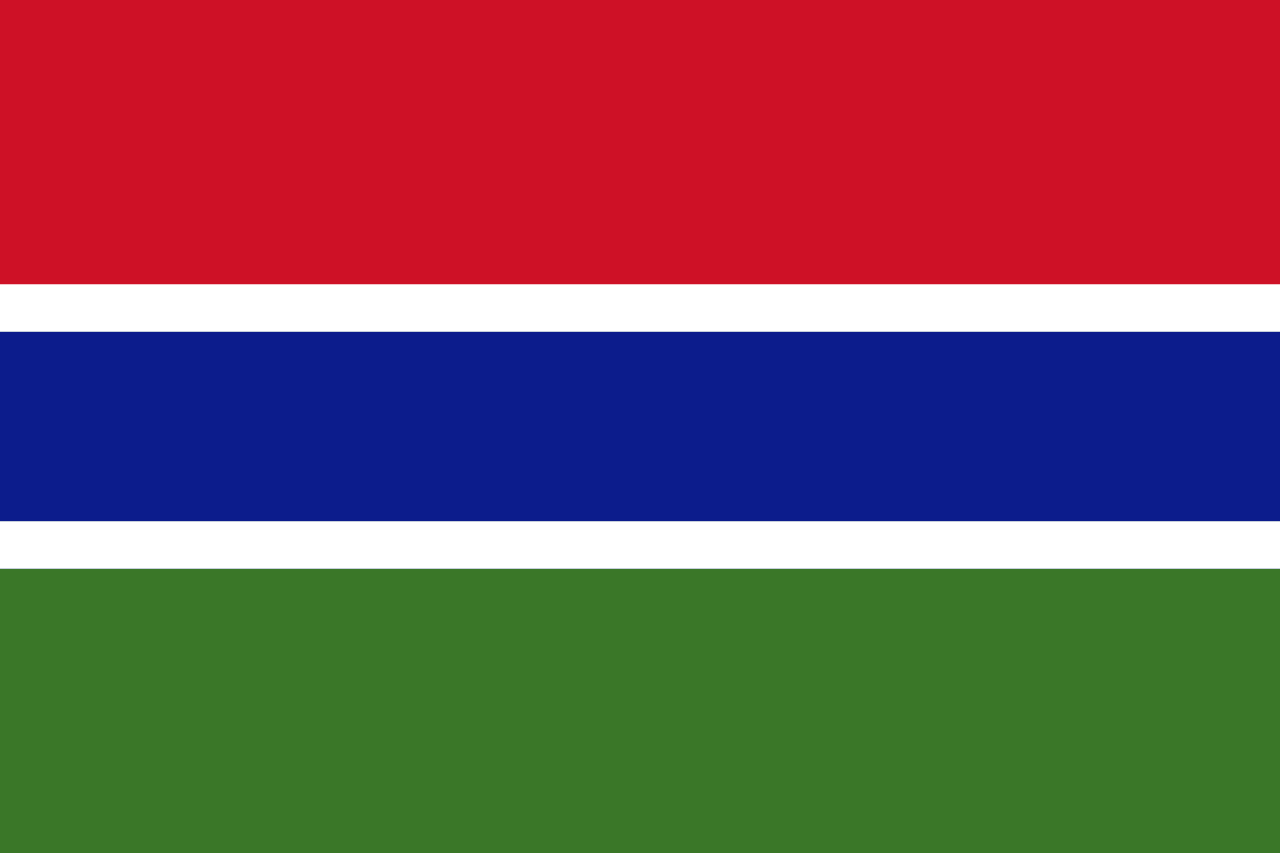
Gambia
Africa
Three horizontal stripes of red, blue, and green separated by thin white stripes, representing the sun, the Gambia River, agriculture, and peace, symbolizing the natural beauty and harmony of the smallest mainland African nation.
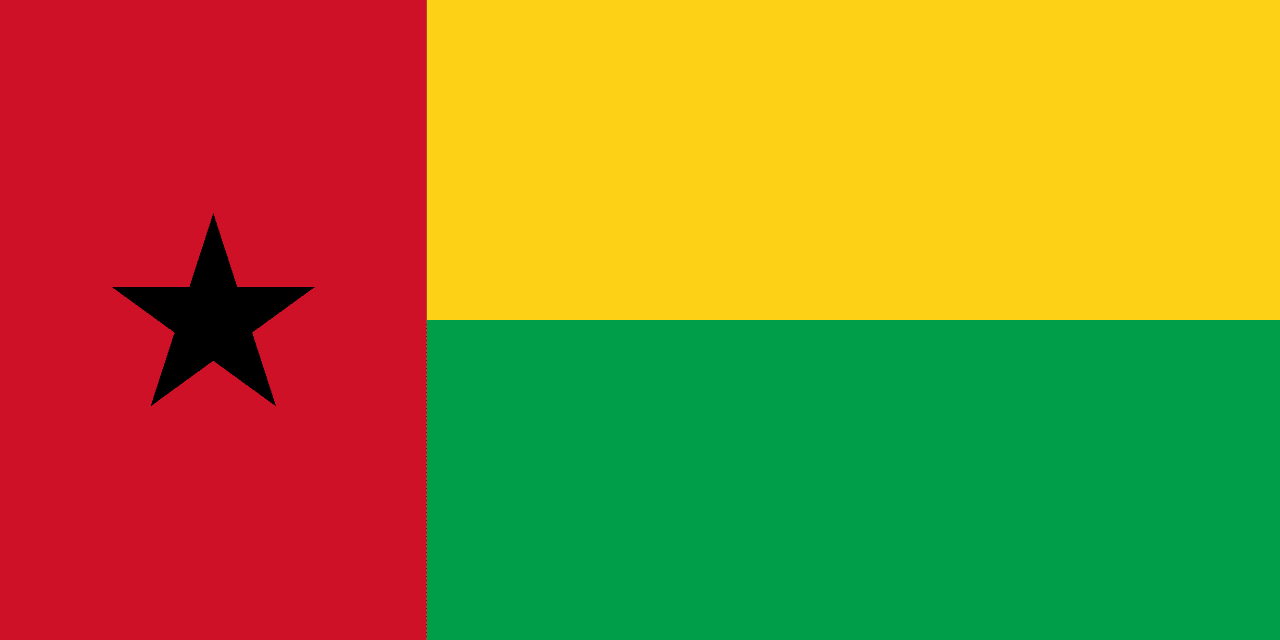
Guinea-Bissau
Africa
A vertical red stripe at the hoist with a black five-pointed star, and two horizontal stripes of yellow over green on the fly side, representing the liberation struggle, unity, hope, and the agricultural wealth of Guinea-Bissau.
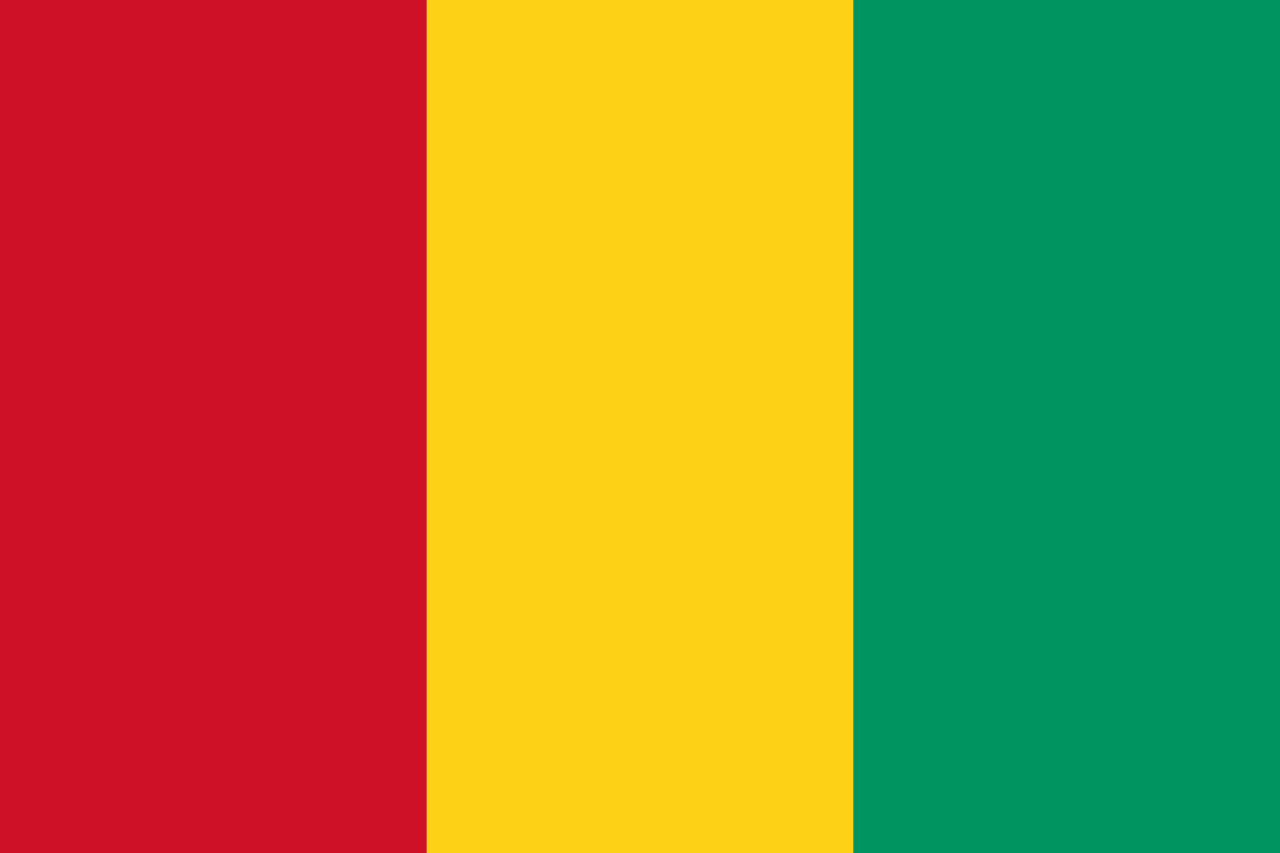
Guinea
Africa
Three equal vertical stripes of red, yellow, and green representing the Pan-African colors, with red symbolizing sacrifice, yellow representing the sun and mineral wealth, and green representing the country's vegetation and agriculture.
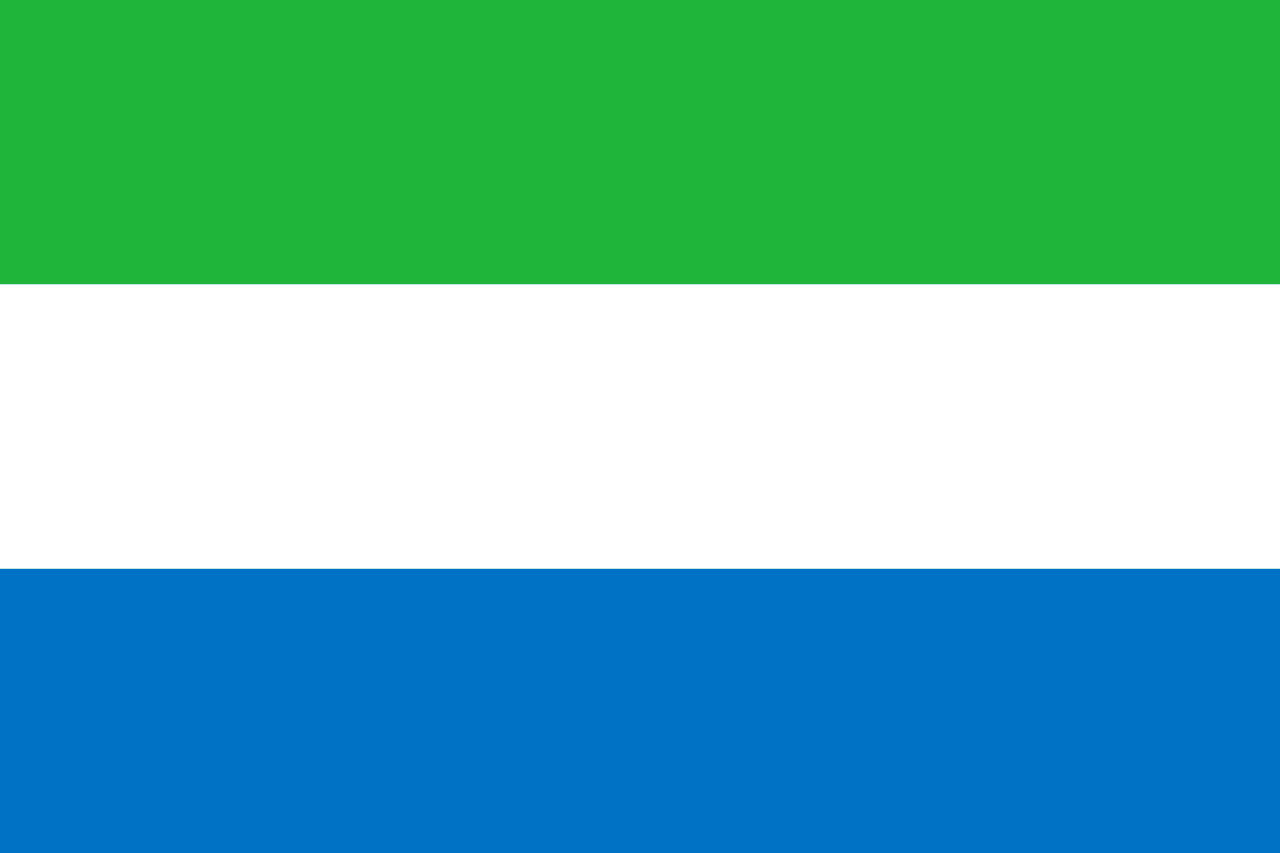
Sierra Leone
Africa
A horizontal tricolor of green, white, and blue, symbolizing the land, unity and justice, and the sea and hope, adopted at independence in 1961.
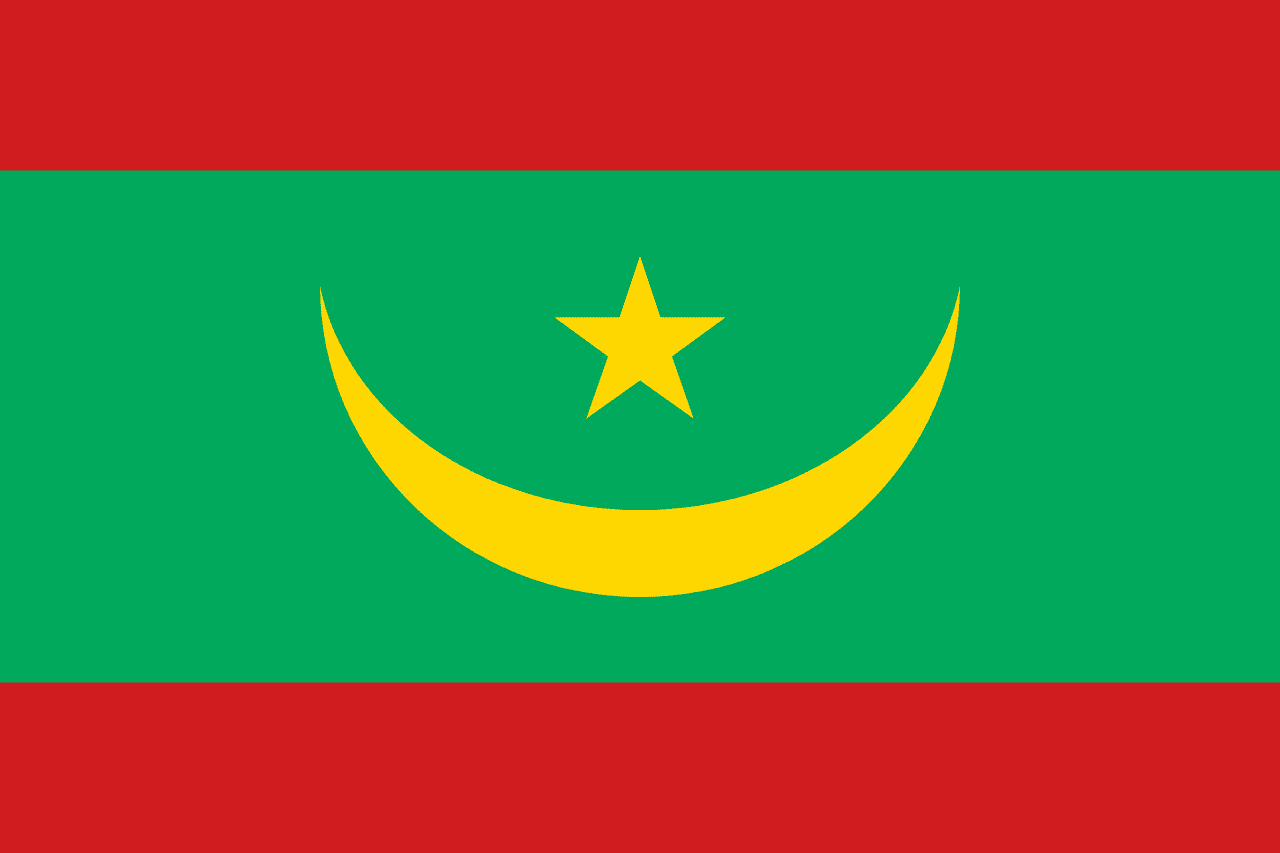
Mauritania
Africa
A green field with yellow crescent and star, bordered by red stripes at top and bottom, representing Mauritania's Islamic identity, the Sahara Desert, and the blood of those who defended the nation.
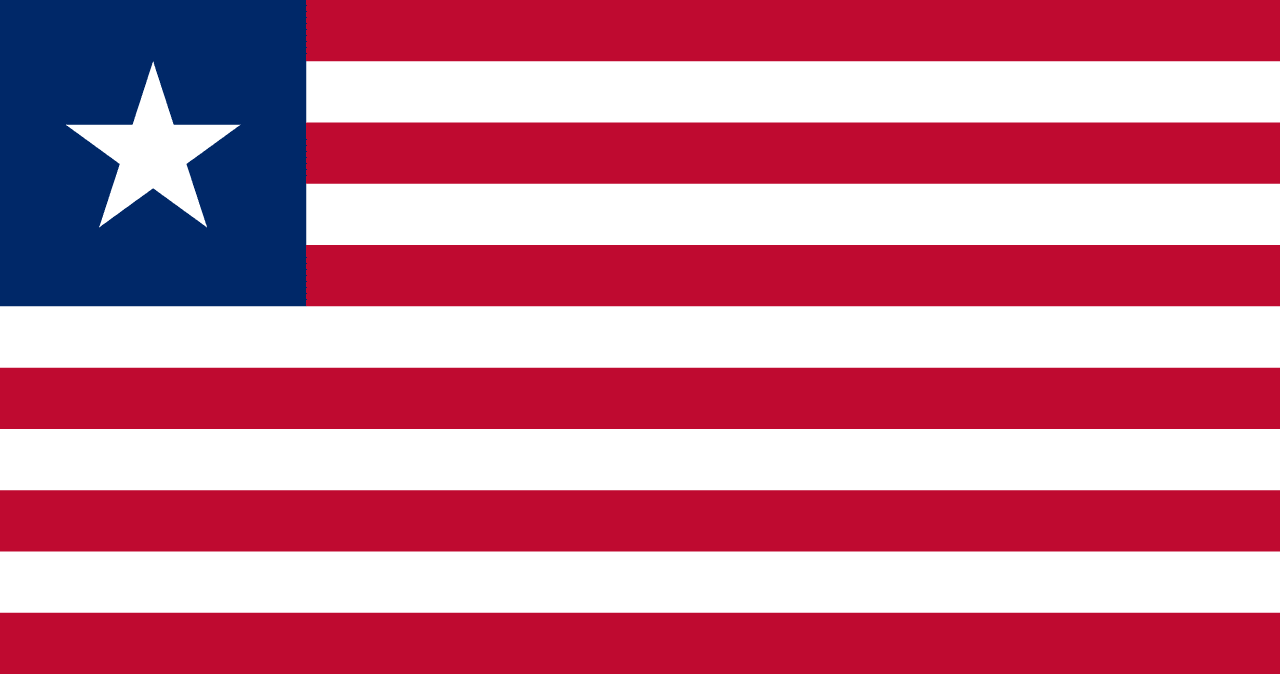
Liberia
Africa
Eleven alternating red and white stripes with a blue canton containing a single white five-pointed star, representing Africa's first republic founded by freed American slaves and its role as a beacon of freedom on the continent.